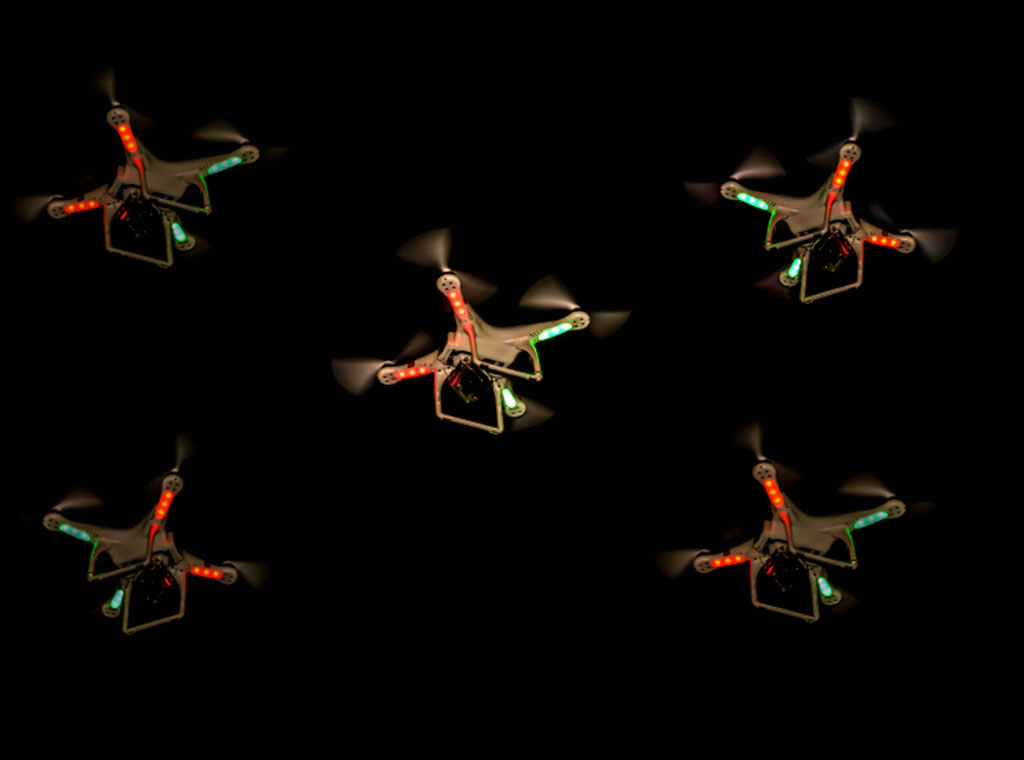RELATED CAPABILITIES:
Establish Pilot Proficiency Requirements for Multi-UAS Components (A26_A11L.UAS.74)
Commercial and public safety UAS are currently limited by the Part 107.205, which prohibits operating multiple aircraft by one person. A modification to Part 107.205 will benefit the public as well as UAS commercial operations in applications such as package delivery, precision agriculture, crop and wildlife monitoring, emergency management, and infrastructure inspections. The study that this literature review supports will help to inform FAA regulations and industry standards addressing single pilot and multi-UAS operations. This literature review is designed to (1) inform ASSURE researchers and FAA sponsors on findings from published studies and (2) identify research gaps that are outside the scope of this project but need further study in order to safely integrate multiple UAS operations into the National Airspace System (NAS).
FINAL REPORT | 
POC:
Julie A. Adams, Ph.D.
Professor of Computer Science | Associate Director of Research
School of Electrical Engineering and Computer Science
Collaborative Robotics and Intelligent Systems (CoRIS) Institute
Oregon State University
Email: julie.a.adams@oregonstate.edu
Discussion:
Literature Review
Commercial and public safety Unmanned Aircraft Systems (UASs) are currently limited by the 14 Code of Federal Regulations (CFR) Part 107.205 prohibition on operating multiple aircraft by one person. The public as well as UAS commercial operations in applications, such as package delivery, precision agriculture, crop and wildlife monitoring, emergency management, and infrastructure inspections will benefit from modification to this prohibition. The FAA-ASSURE study that this literature review supports will help to inform FAA regulations and industry standards addressing single pilot and multi-UAS operations. This literature review is designed to inform ASSURE researchers and FAA sponsors of the findings from published studies and to identify research gaps.
The research team reviewed approximately 100 manuscripts. Previous works mostly focused on Human-in-the-loop (HITL) studies, with an emphasis on human factors limitations for operating and monitoring multiple sUAS conducting surveillance, reconnaissance, target detection/classification, and/or search missions. To evaluate the effect on the operator, these studies used performance measures, including target detection rate and response times as well as subjective measures including perceived workload, trust in autonomy, and situation awareness. Some of the studies evaluated levels of autonomy needed for different tasks and others explored the effects of static (remain at the same level) or adjustable autonomy based on operator workload or performance.
Perhaps one of the biggest findings is how little research is available on the factors, effects, and their interactions regarding the control of multiple UAS across different phases of flight (takeoff, departure, enroute, mission, arrival, landing and ground operations). Some other research gaps include the effects of different levels of education and training of crew roles (including the operator in command); the minimum crew roles necessary for different types of operations, and the implications of system autonomy; climate; airspace; type of aircraft (fixed-wing, rotorcraft, hybrid); communication reliability; task/mission composition; the physical multiple UAS system composition; and more.
The ASSURE research team will begin to improve understanding of these factors by modeling loosely coupled tasks where multiple vehicles conduct independent tasks (e.g., drone package delivery). This effort will demonstrate and provide a better understanding of the factors affecting a single operator’s safe control of multiple UAS as well as the interactions and relationships between the key components. Additionally, researchers plan to conduct a small HITL study (on-campus UAS delivery) to demonstrate, further understand, and/or validate some of the modeling findings.
It is expected that this project will generate even more questions that will need to be resolved before the FAA is able to institute substantial regulations and guidelines. However, by the end of this project researchers and the FAA will have a much clearer understanding of what further insight is needed to safely allow multiple UAS operations in the nation’s airspace.




